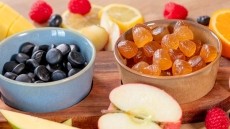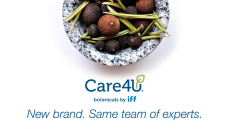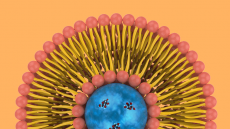Chilled, cut fruit keep nutrients as well as fresh
does not affect the nutritional content even after nine days, says
an international study that could promote healthy eating on a
limited time-scale.
Cutting of fruit exposes the inside of fruit to oxygen and light, which can lead to the rapid degradation of both the physical appearance of the fruit and the nutritional content, presenting difficulties in preserving the freshness of the fruit slices.
Increasing interest from consumer and producers in 'fresh-cut' fruit continues to drive studies into prolonging the nutritional and sensory aspects of the fruit, and the new study from researchers in Spain and the USA reports that by the nutritional content of minimally processed fruit is virtually unchanged after nine days of storage.
Reporting in the Journal of Agricultural and Food Chemistry (Vol. 54, pp. 4284-4296), the researchers took pineapples, mangoes, cantaloupes, watermelons, strawberries and kiwi fruit. Half of each fruit were sliced, washed in chlorinated water, dried, packaged in clamshells (not gastight) and stored at five degrees Celsius. The other half of each of the fruits were left whole and also stored at five degrees Celsius.
After nine days the scientists, led by Maria Gil from Safety and Bioactivity of Plant Foods at CEGAS-CSIC, Spain, measured the levels of antioxidants in each of the fruit samples, including vitamin C, carotenoids, and phenolics.
"Contrary to expectations, it was clear that minimal processing had almost no effect on the main antioxidant constituents. The changes in nutrient antioxidants observed during nine days at five degrees Celsius would not significantly affect the nutrient quality of fresh cut fruit," wrote Gil.
Losses of vitamin C after six days were less than five per cent for the strawberries, mangoes and watermelon pieces, compared to the whole fruits. The pineapples lost about 10 per cent of it's vitamin C content, while the cut kiwi fruits lost 12 per cent, and the cantaloupe 25 per cent.
Carotenoid losses were highest in pineapples (25 per cent), while no losses were observed for kiwi fruit and watermelon slices.
The phenolics content of the fruit was not lost in any of the fruit slices studied.
"Processors of fresh-cut fruit products must know which cultivars of fruit are best for processing and choose by taking into account not only the appearance but also the nutritional content," wrote the researchers.
Further research needs to be done to investigate the effects on nutritional content of postcutting treatments, including the use of modified atmosphere packaging (MAP) and chemical dips used to delay softening and browning, said the researchers.
A report from the European Union showed that global fruit and vegetable production was over 1,230 million tonnes in 2001-2002, worth over $50 bn (€41 bn). Asia produced 61 per cent, while Europe and North/Central America both producing nine per cent.












